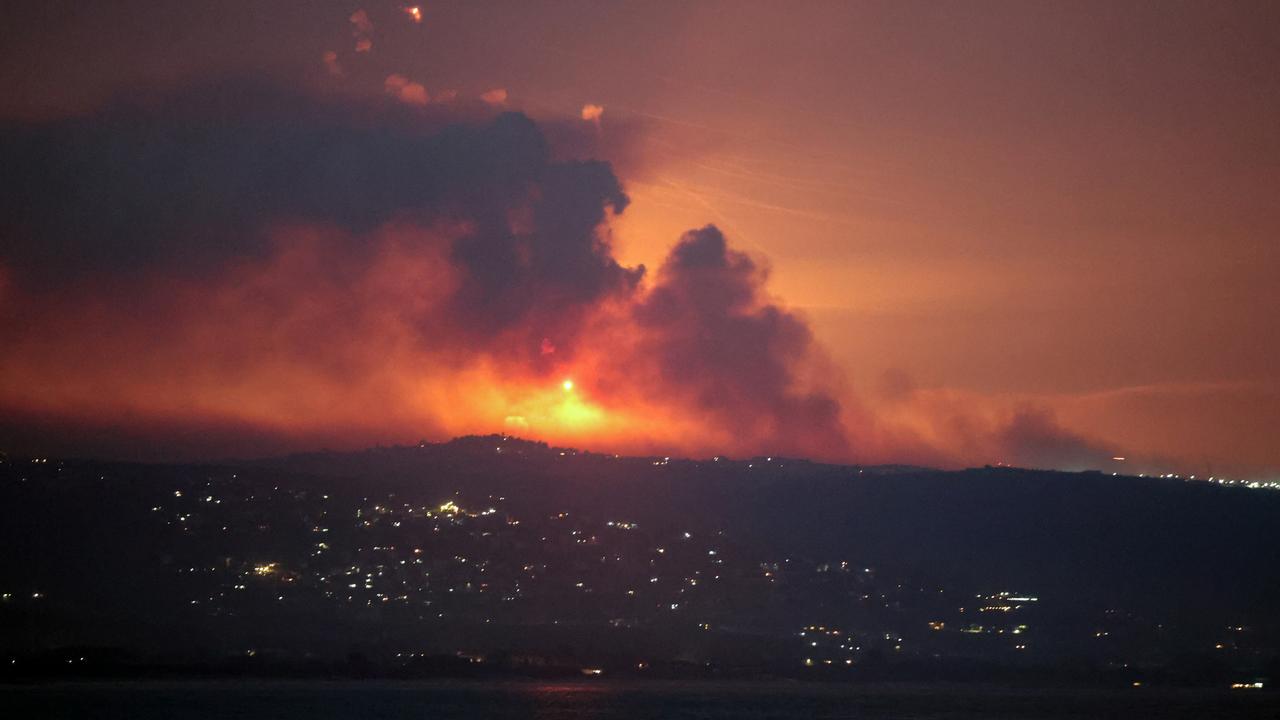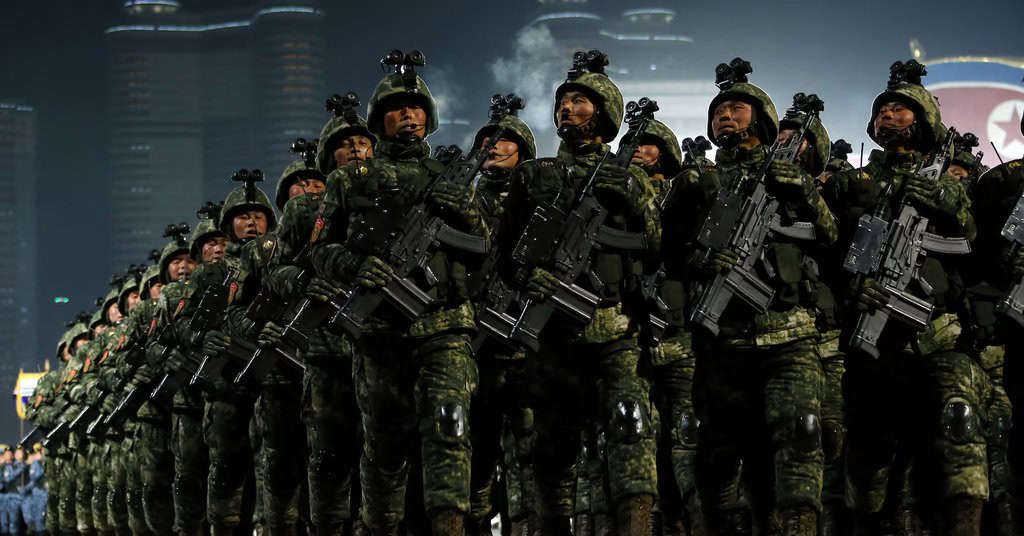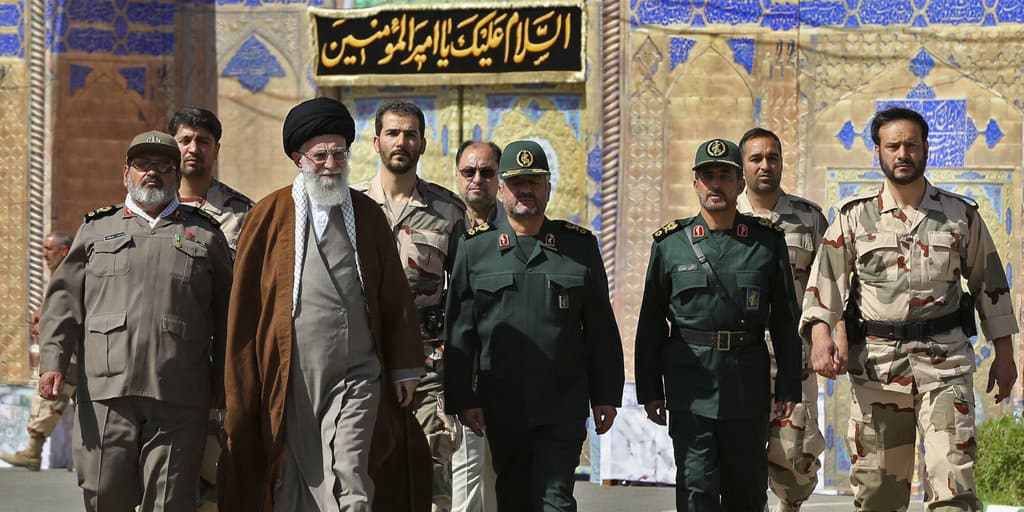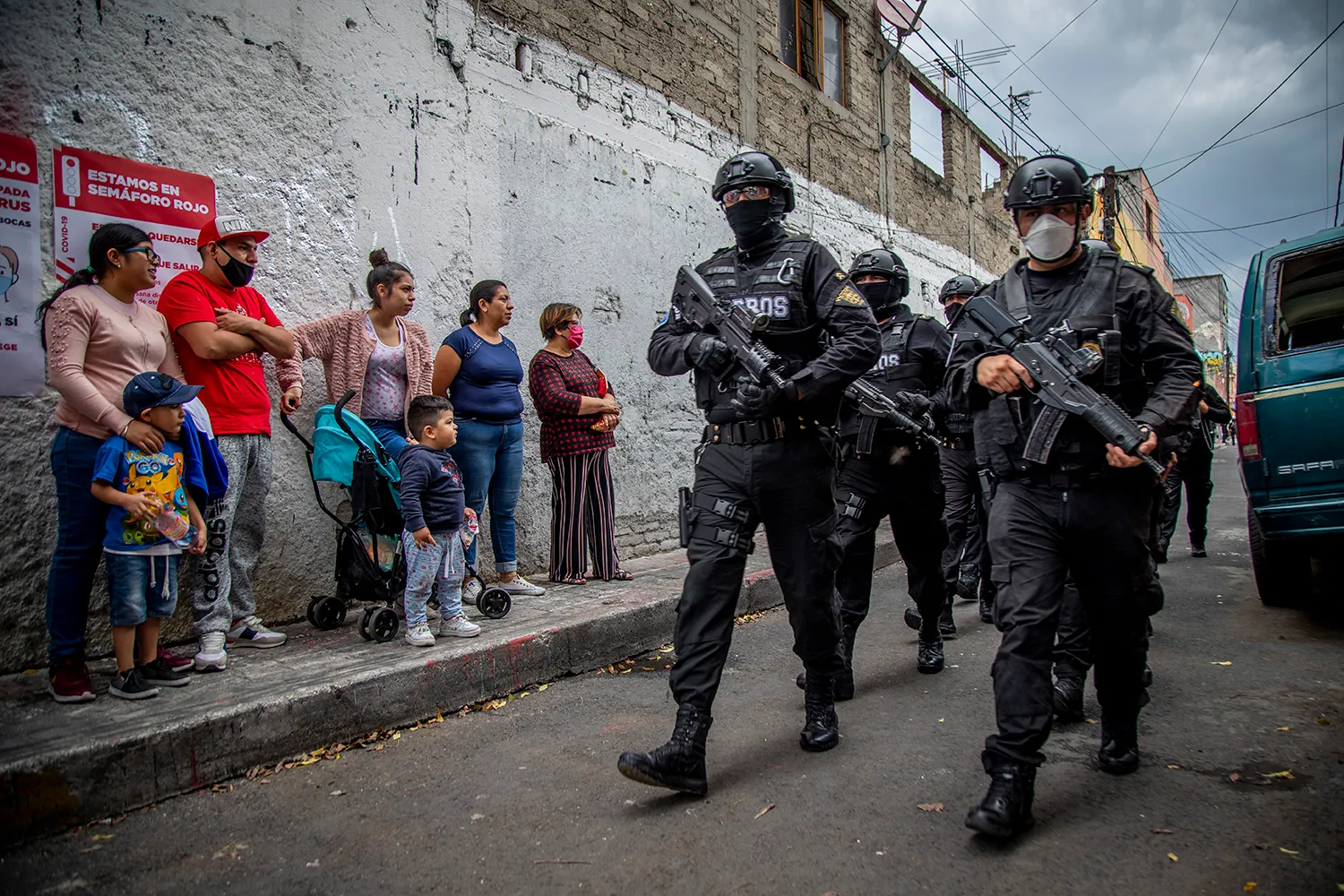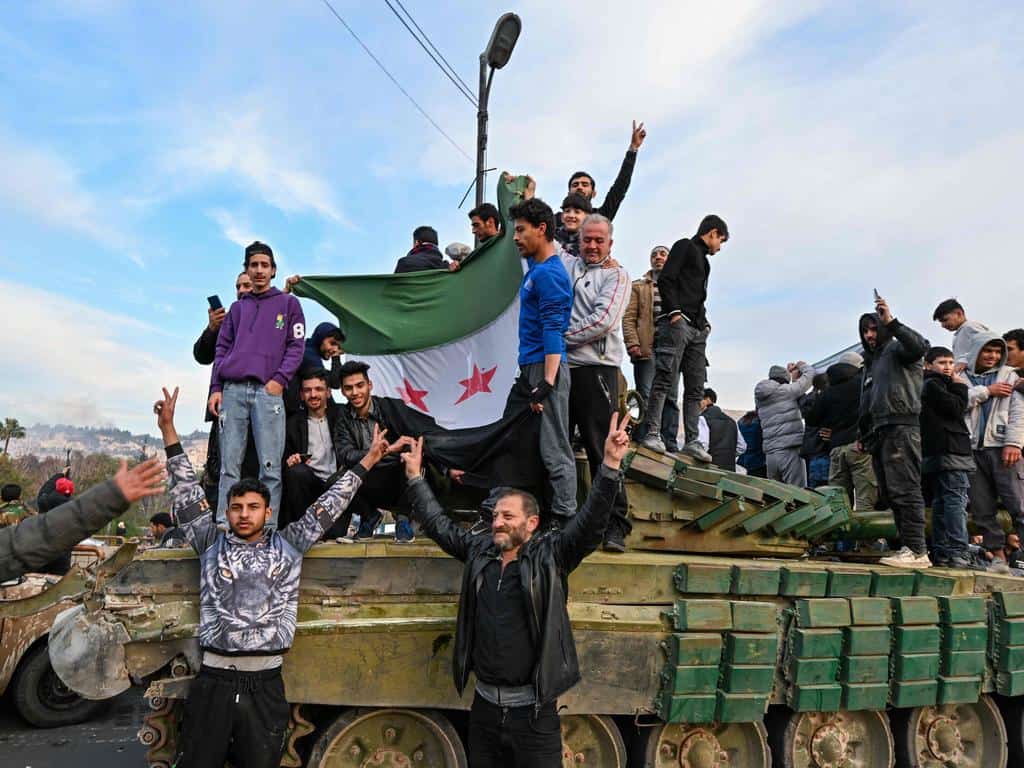Israel launched a series of preemptive strikes on Hezbollah targets in Lebanon early Sunday morning, aiming to prevent an anticipated major missile and drone attack on Israeli territory. The strikes come amid heightened tensions in the region, with both Israel and Hezbollah claiming success in their respective military actions.
Why This Matters
The recent exchange of strikes between Israel and Hezbollah marks a critical point in the ongoing conflict. Both sides presented their actions as decisive and successful, underscoring the precarious balance in the region.
- Israeli Claims: Israel reported that its preemptive strike successfully thwarted a large-scale attack by Hezbollah. According to Israel Defense Forces (IDF) spokesman Rear Admiral Daniel Hagari, the operation destroyed several thousand rocket and missile launch sites in southern Lebanon just minutes before the planned Hezbollah attack.
- Hezbollah’s Response: Hezbollah, on the other hand, claimed that its retaliatory strike against Israeli targets was successful, announcing it had completed its operations for the day.
The situation, which U.S. and Israeli officials feared could lead to a broader conflict, appears to be under control for now, with no immediate escalation reported.
Background on the Tensions
In recent weeks, Hezbollah signaled its intent to retaliate against Israel for the assassination of its top military commander in Beirut. U.S. and Israeli intelligence sources indicated that Hezbollah was preparing to launch this retaliatory attack imminently.
- Intelligence Reports: Intelligence updates received by the U.S. and Israel on Saturday morning suggested Hezbollah planned to launch a major attack on Sunday at 5:00 a.m. local time. Acting on this intelligence, over 100 Israeli fighter jets launched a preemptive strike on multiple targets in Lebanon shortly before the attack was expected to begin.
- Destruction of Launch Sites: The IDF reported that several thousand rocket and missile launch barrels were destroyed in the strikes, primarily targeting launchers aimed at northern Israel and several long-range precision missiles aimed at central Israel.
Details of the Military Actions
Most of the targets hit by the Israeli strikes were located in southern Lebanon, an area heavily fortified by Hezbollah. The IDF also intercepted multiple attack drones en route to central Israel.
- Targets and Objectives: According to Israeli officials, Hezbollah’s planned attack included strikes on significant Israeli intelligence facilities, including the headquarters of Mossad and Unit 8200 (the Israeli NSA) in northern Tel Aviv. These plans, however, were thwarted, and no missiles or drones hit central Israel.
On the other side, Hezbollah launched over 320 rockets and numerous attack drones targeting Israeli military bases in northern Israel and a security compound in Tel Aviv. Despite Israeli claims of a successful preemptive strike, Hezbollah stated that its attack was effective, with none of its launchers being destroyed.
Hezbollah’s Position and Future Actions
Hezbollah leader Hassan Nasrallah confirmed the attacks on Israeli targets, asserting that this was only the first phase of their response. He hinted at further actions if deemed necessary and mentioned potential retaliatory moves from Iran and the Houthis following the assassination of a Hamas leader in Tehran and an Israeli attack on the Port of Hodeida.
International Reactions and Diplomatic Movements
The U.S. was informed in advance of the Israeli strike, and both nations have been in close communication. President Joe Biden has been monitoring the situation closely, with senior U.S. officials maintaining continuous contact with their Israeli counterparts.
- Military Support and Coordination: The U.S. has expressed its support for Israel’s right to defend itself. In response to the escalating tensions, U.S. Defense Secretary Lloyd Austin ordered two carrier strike groups to remain in the region.
Next Steps and Potential Outcomes
Following the strikes, Israeli negotiators traveled to Cairo to engage in discussions with key international figures, including the CIA Director, Qatar’s Prime Minister, and Egypt’s intelligence chief. These talks aimed to negotiate the release of hostages held by Hamas and establish a ceasefire in Gaza, signaling Israel’s desire to prevent further escalation.
However, the situation remains volatile. While the immediate threat appears to have been averted, the possibility of further retaliatory actions from Iran or Hezbollah cannot be ruled out.

